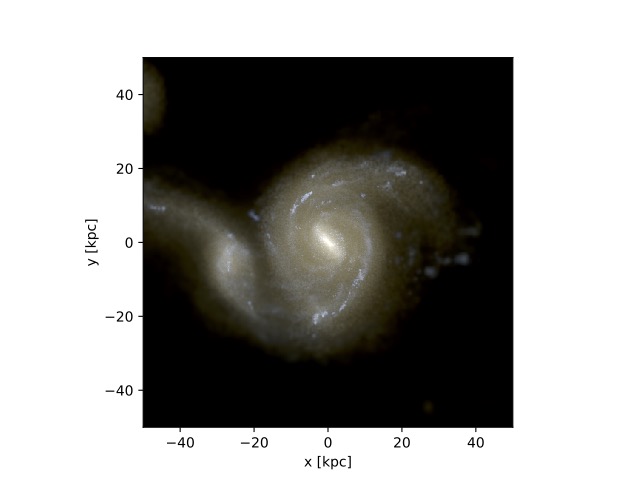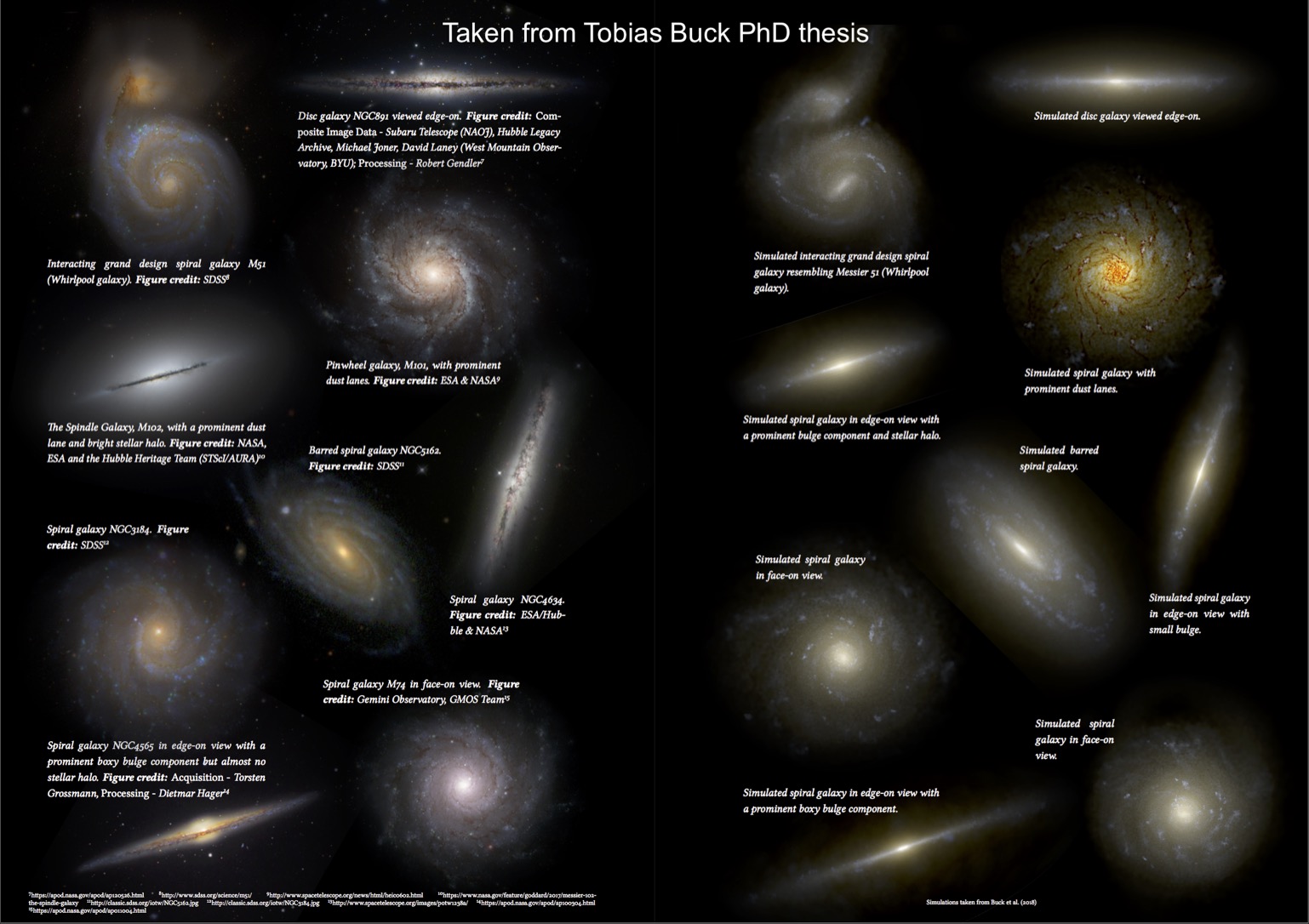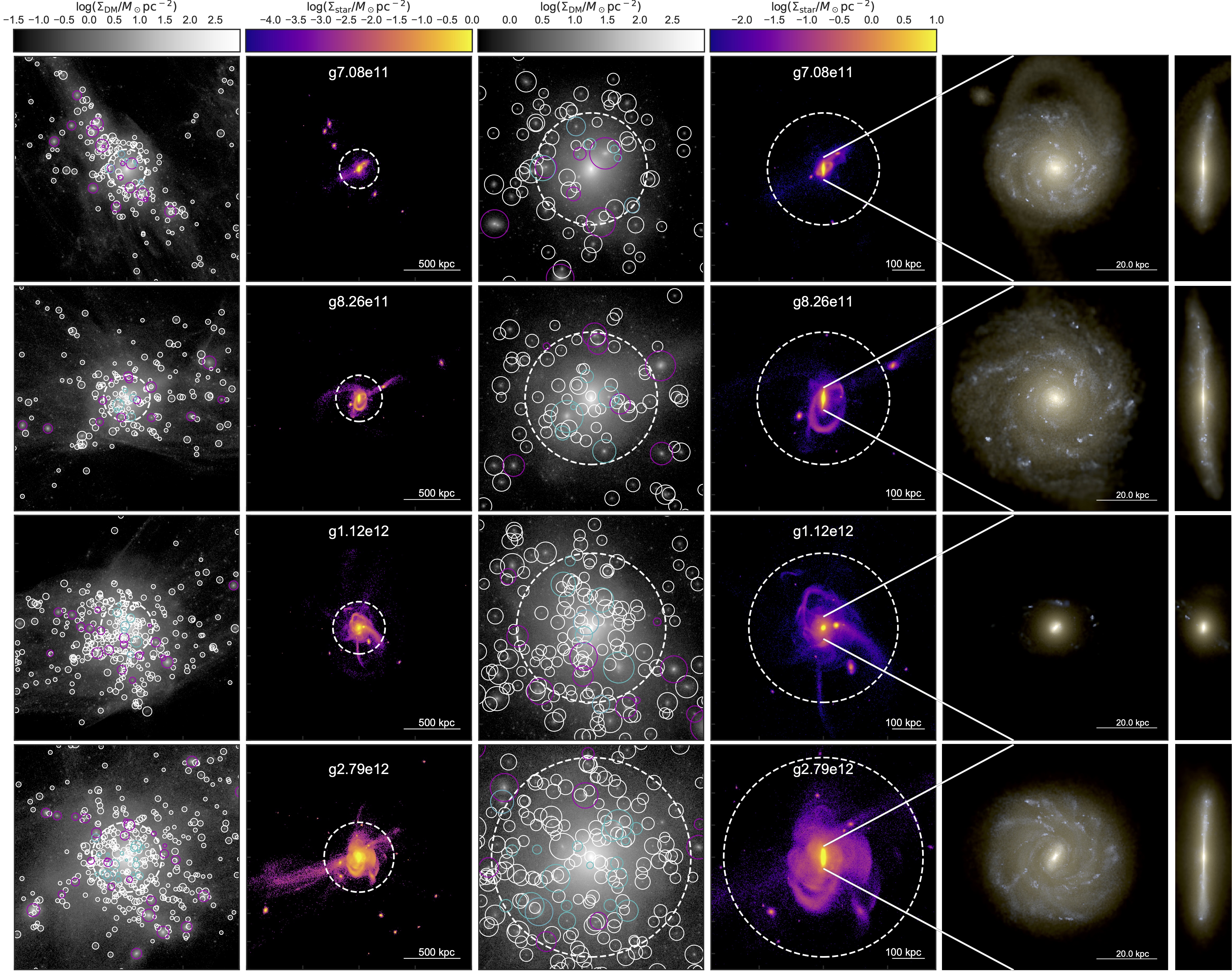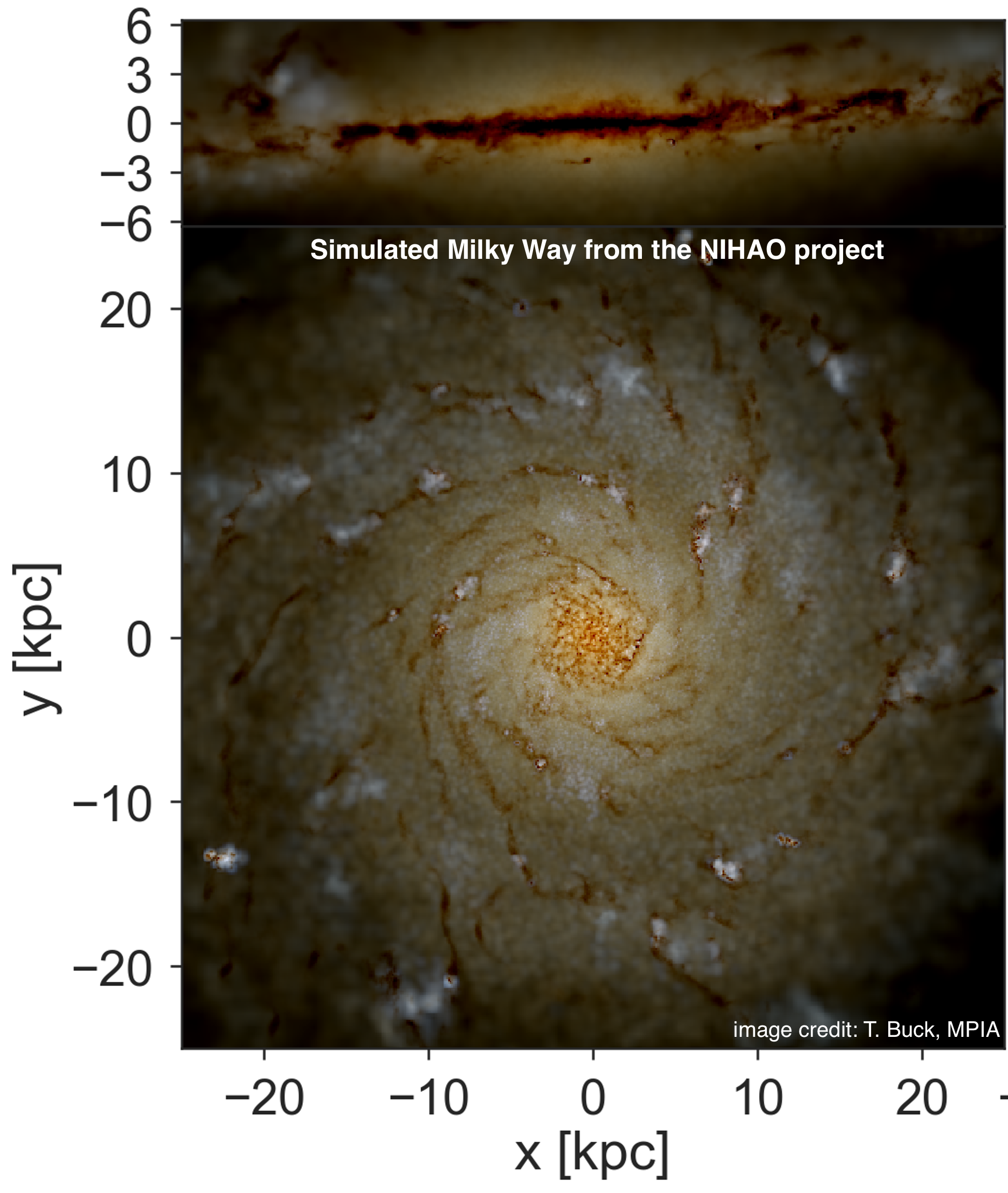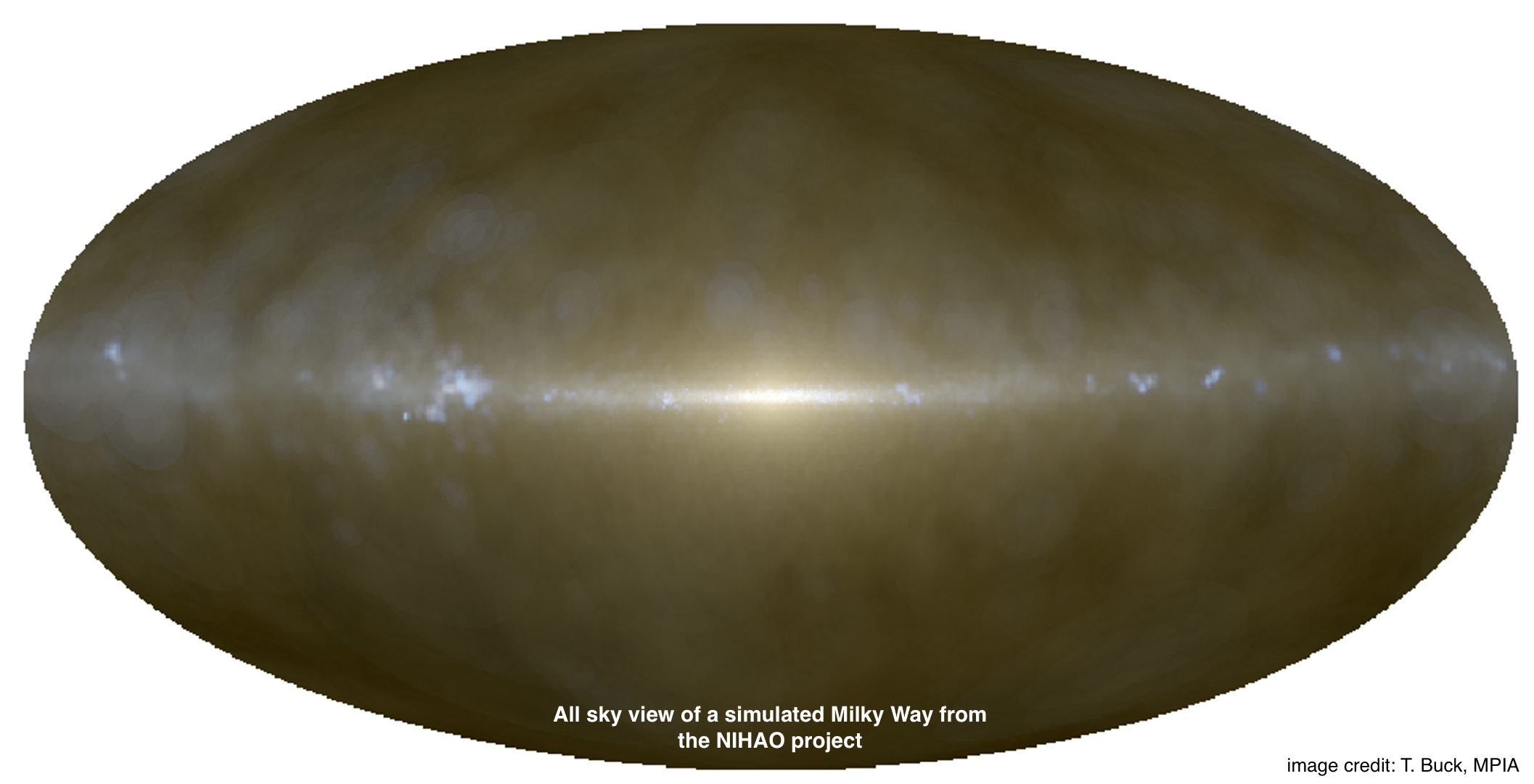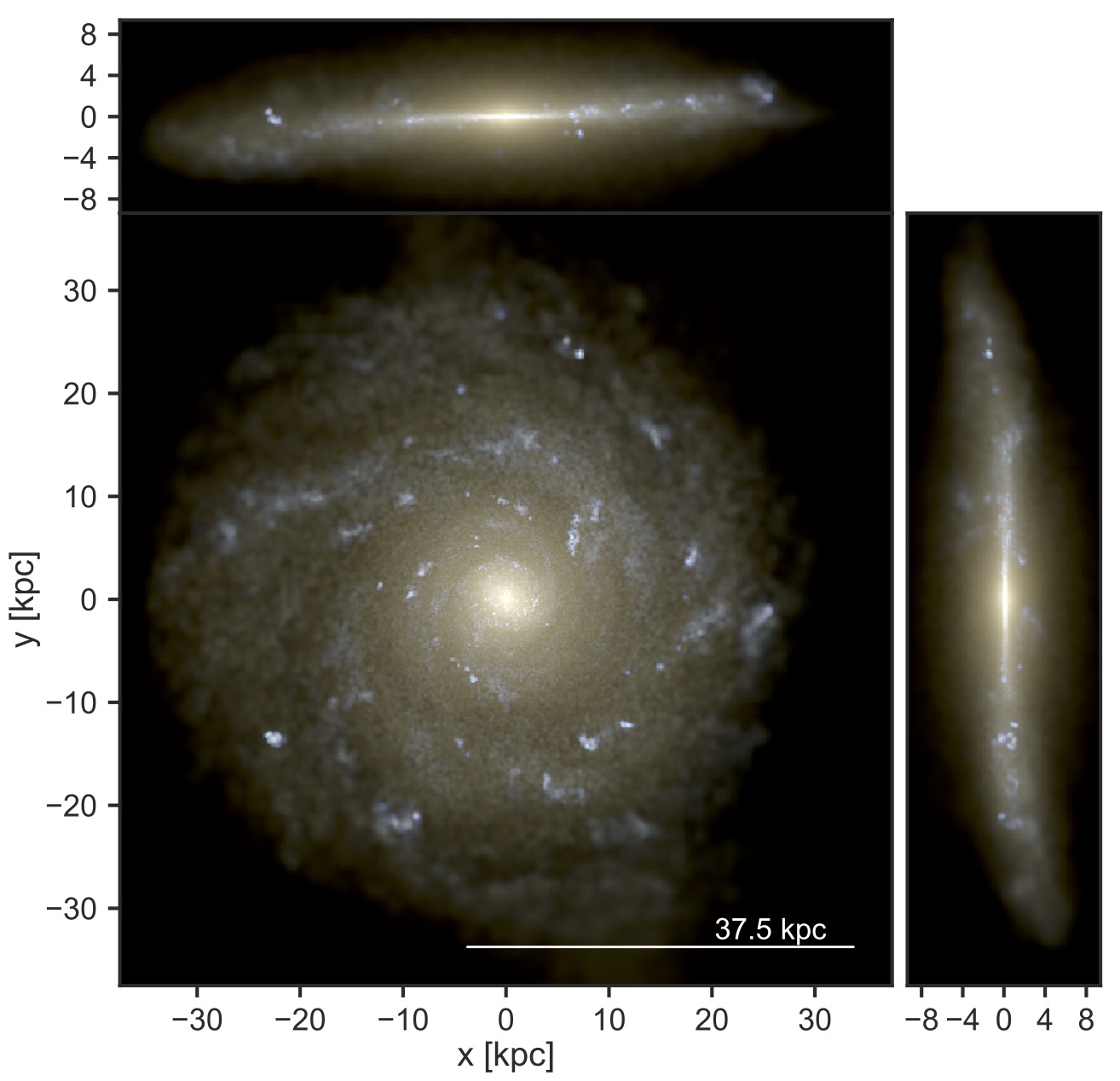
The production and distribution of chemical elements in the Universe
Almost all chemical elements we know were produced inside stars like our sun. Only the ightest elements, like hydrogen or helium were produced at the Big Bang. Having enough heavy elements like carbon or silicon is a prerequisite for life in the Universe and therefore understanding the formation and distribution of chemical elements across cosmic time is a fundamental question in Astrophysics. I have recently developed a new chemical enrichment prescription for the simulation code Gasoline. With this new model we are able to follow the production and distribution of elements in Milky Way like galaxies. This helps us understand where the key elements for life on earth are coming from and enables a far better comparison of simulation data with observations. Those kind of siimulations will eventually allow us to reconstruct the formation history of our Milky Way. See this paper and this paper for more information.

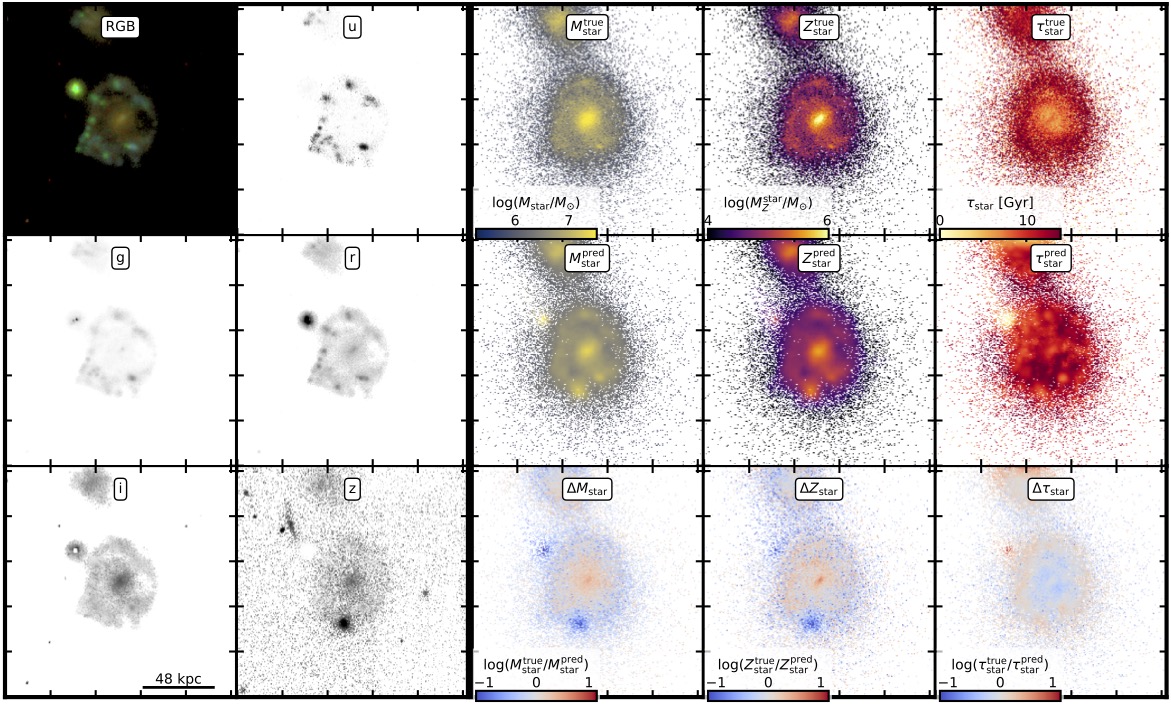
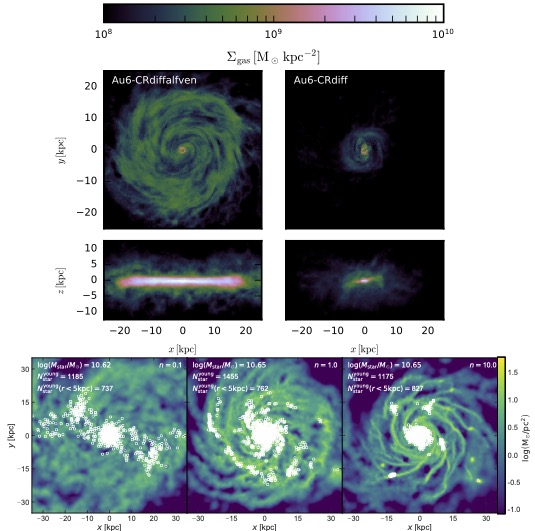
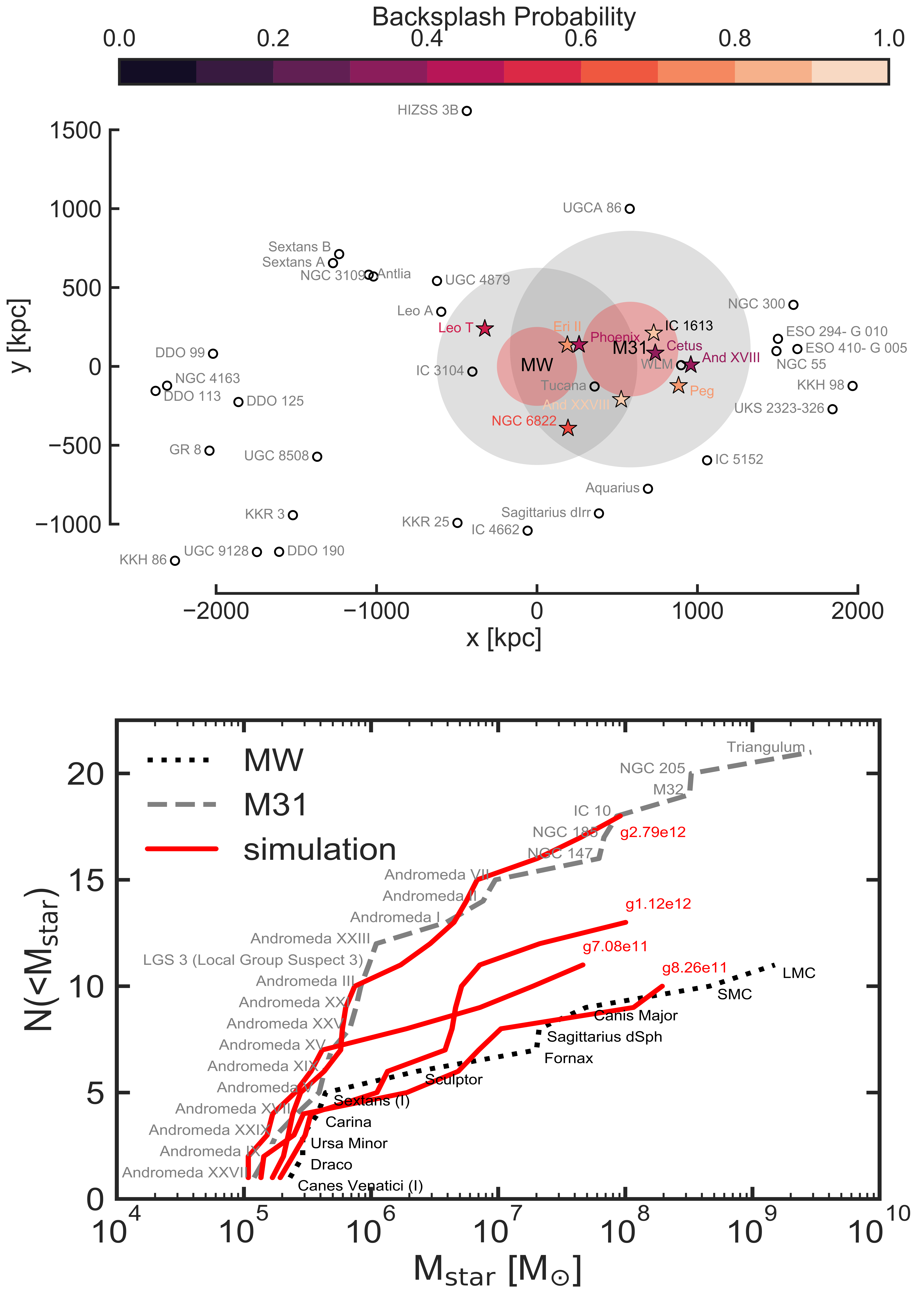

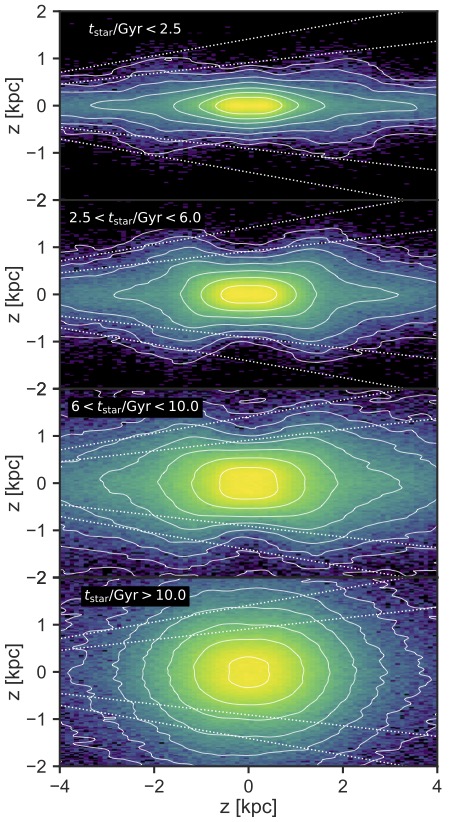
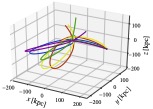
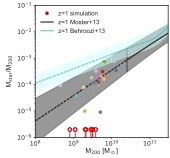
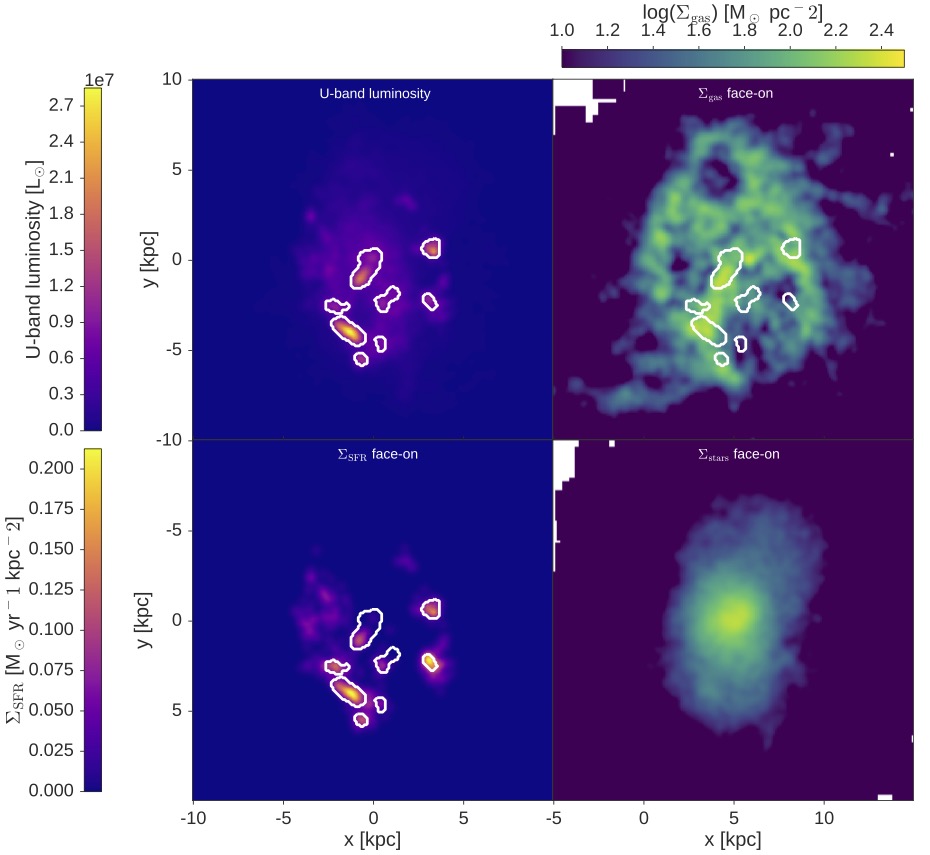
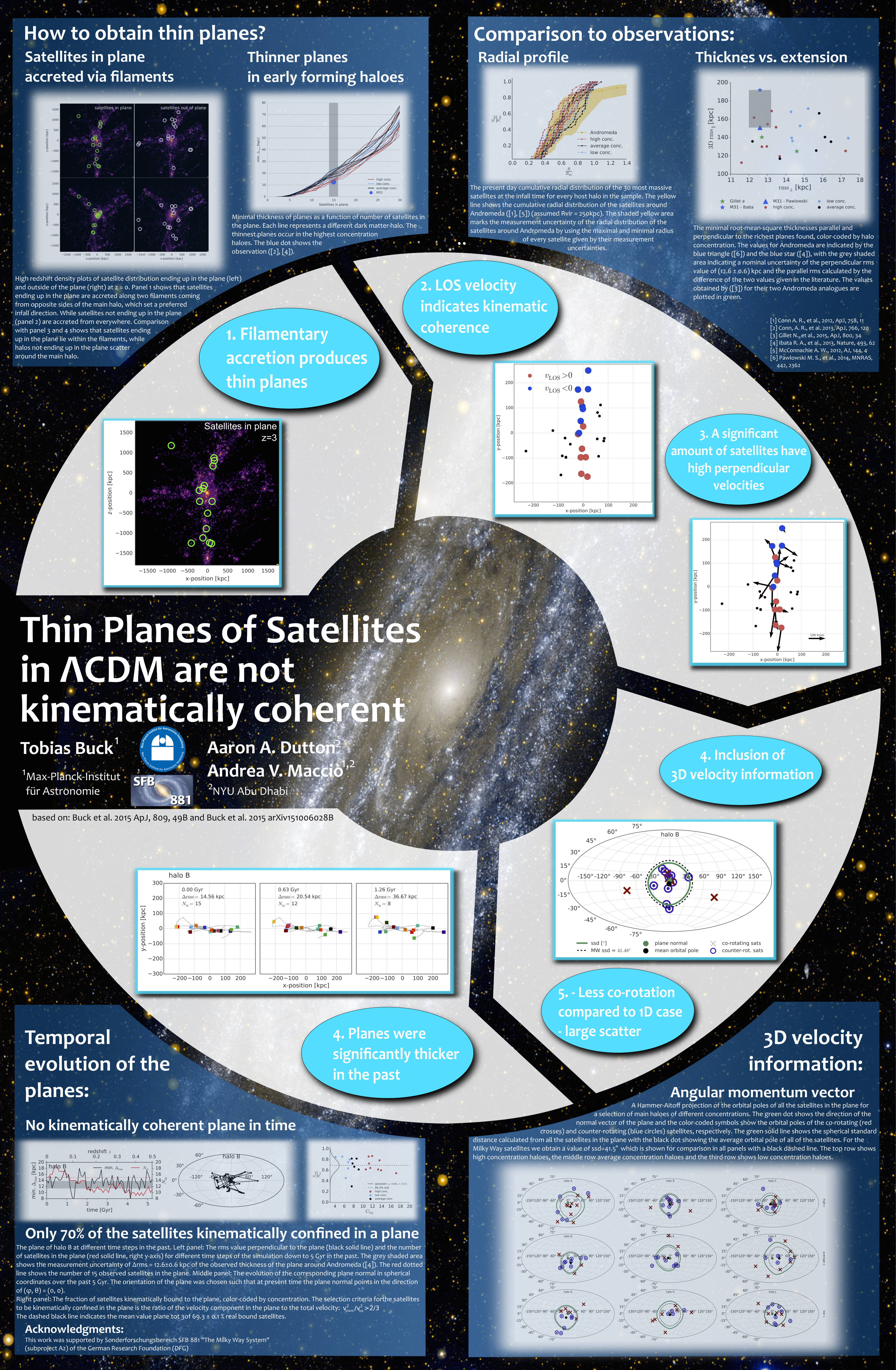
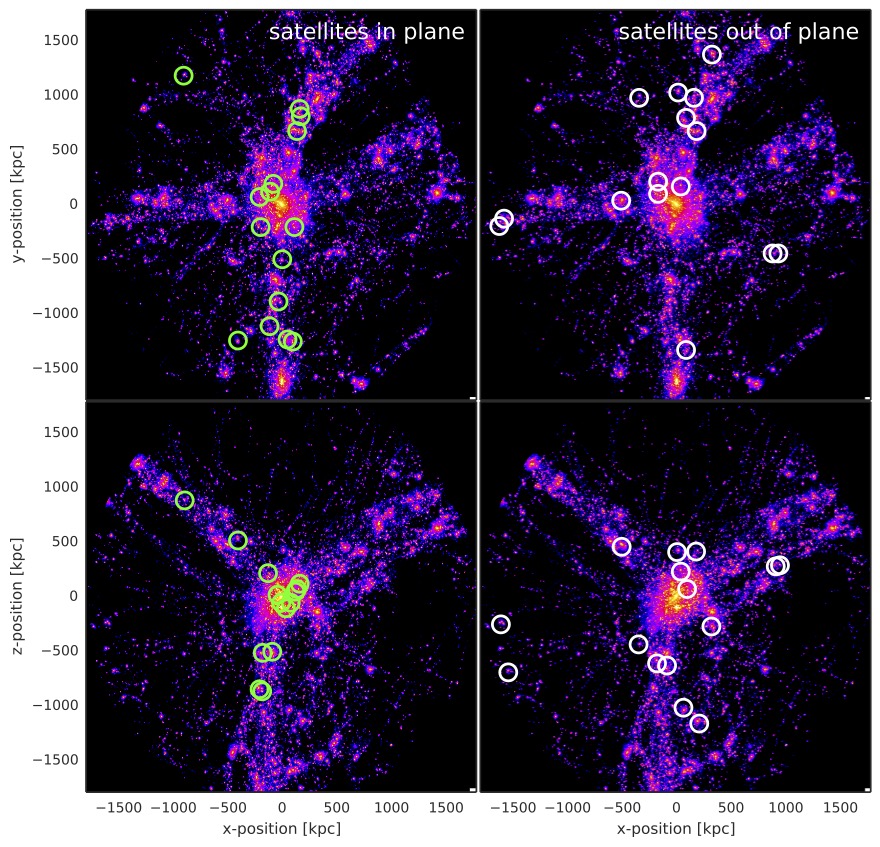
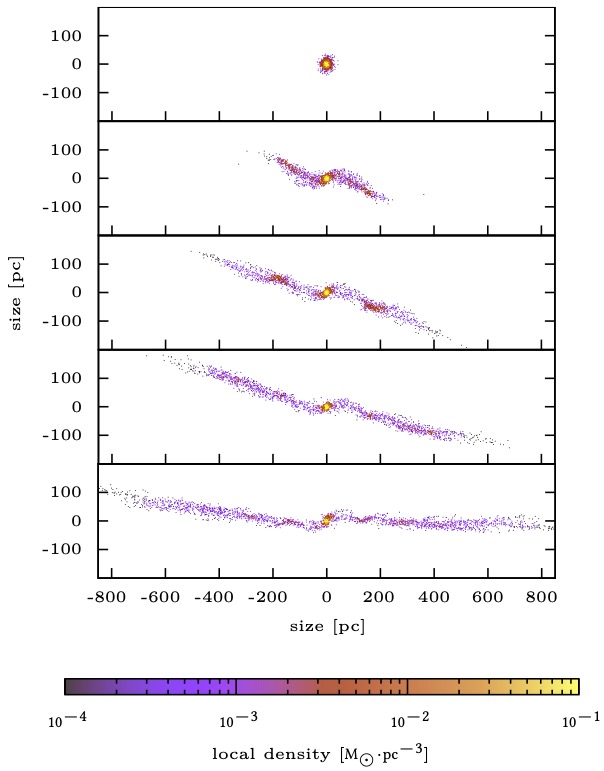
 https://orcid.org/0000-0003-2027-399X
https://orcid.org/0000-0003-2027-399X
